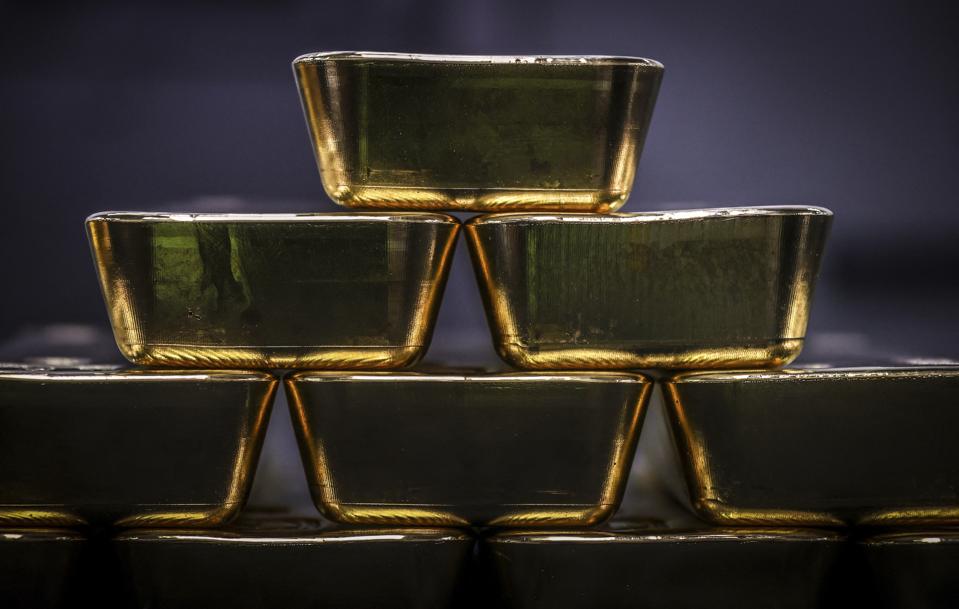Gold-backed exchange-traded funds (ETFs) experienced further outflows in February as predictions of interest rate cuts moderated, according to the World Gold Council (WGC).
Total assets under management (AUMs) shrank by $2.9 billion over the course of the month, the body said, to $206.3 billion. The decline was worsened by a 0.3% decline in gold prices over the month, which in turn left AUMs at their lowest level since September.
Physical holdings, meanwhile, declined by 49 tonnes to 3,126 tonnes. February represented the ninth consecutive month in which ETF holdings reversed.
North America Leads Outflows
February’s outflows were due chiefly to further heavy liquidations in North America, WGC data showed.
Total holdings fell by 37 tonnes to 1,570 tonnes, the council said, while AUMs declined by $2.4 billion, to $103.3 billion.
It commented that the “still-strong labour market, hotter-than-expected inflation prints, the Fed’s meeting minutes as well as recent speeches by Fed officials” pushed forward market expectations of interest rate cuts.
In the process, Treasury yields and the US dollar rose, which in turn weighed on gold values.
The WGC added that “sustained strength in US equities kept diverting investor attention, further denting demand for gold.”
Europe Out, Asia In
At the same time, Europe-based funds experienced their ninth consecutive outflow. These totalled $719 million in February, which in turn pulled AUMs to $89.1 billion.
Physical holdings backpedalled to 1,353 tonnes, down 15 tonnes month on month.
The WGC noted that “rebounding government bond yields, as investors adjusted their bets on a monetary policy pivot by the ECB, weak gold price performances in local currencies, and continued rallies in regional stocks drove down local investor interest in gold ETFs.”
However, the body commented that February’s outflows were the lowest since October.
Unlike in North America and Europe, ETF holdings in Asian nations continued to rise in February. These increased by 3 tonnes to 144 tonnes. AUMs increased by $200 million to $9.9 billion.
The WGC said that “China accounted for the bulk of Asian inflows as investor interest in gold persisted amid the weakening local currency and a stable [Renminbi] gold price.”

